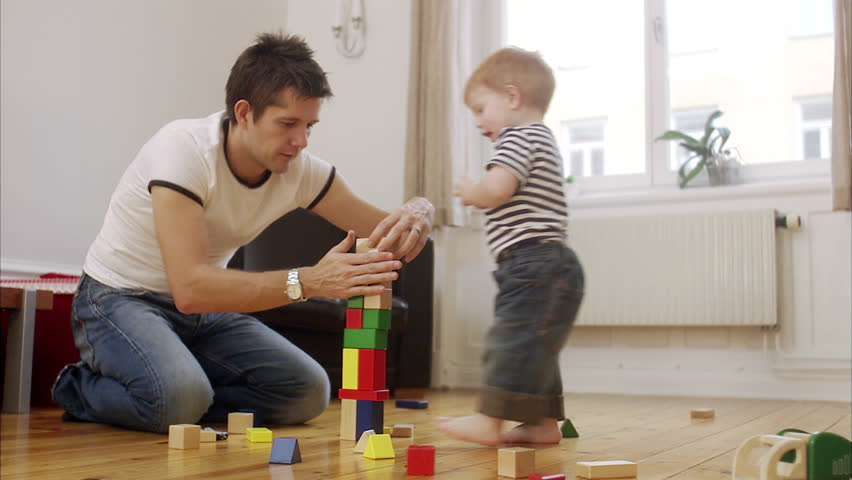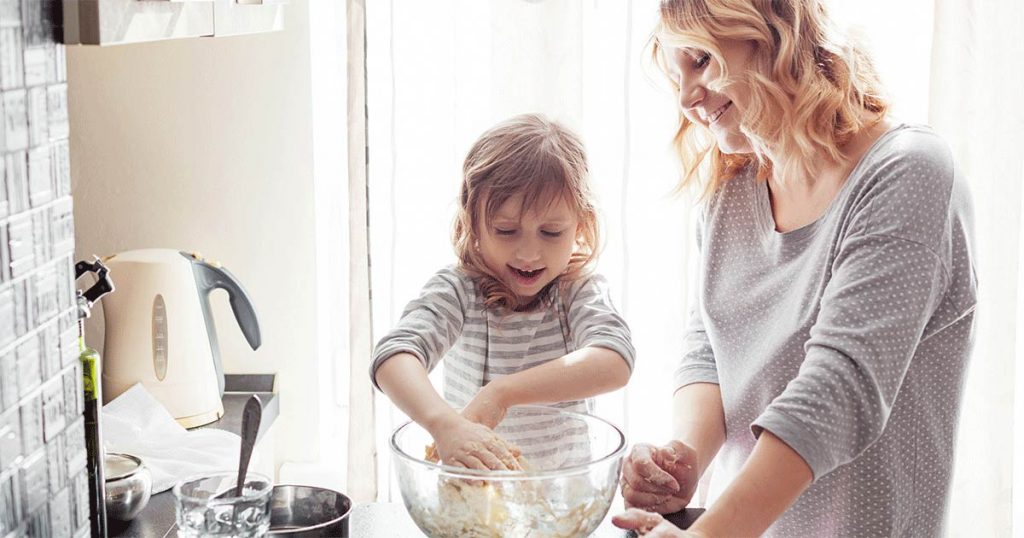
When your child misbehaves, rewards might be the last thing on your mind. But, positive reinforcement can be one of the most effective behavior modification techniques.
You can use positive reinforcement to encourage prosocial behaviors, like sharing or following directions. And, you can use it to prevent misbehavior, like hitting and rule violations. Positive reinforcement can also be an effective way to encourage your child to be responsible, by motivating her to do chores or complete her homework assignments without arguing.
How Positive Reinforcement Works
Most adults go to work so they can receive a paycheck. Of course, there may be other rewards they experience too, like feeling good about themselves and their ability to help others.
But their paycheck provides the main form of positive reinforcement for going to work. That positive reinforcement motivates them to keep working.
Kids who receive positive reinforcement for their good work are motivated to keep working hard. So it’s important to reward the behavior you want to see more often.
Examples of Positive Reinforcement With Kids
There are many ways to reinforce a behavior. And many rewards are free or low-cost options.
Positive reinforcement doesn’t necessarily need to be a tangible item. Instead, you can positively reinforce a child’s behavior by:
- Giving a high five
- Offering praise
- Giving a hug or pat on the back
- Giving a thumbs-up
- Clapping and cheering
- Telling another adult how proud you are of your child’s behavior while your child is listening
You can also offer positive reinforcement by giving a child extra privileges or tangible rewards. For example, if your child cleans his room without being asked, take him to the playground as a reward. Then, he’ll be motivated to clean his room again.
There are many different types of reward systems you can use as positive reinforcement. Younger children often do well with sticker charts and older children often respond well to token economy systems.
Behaviors to Reinforce
Use positive reinforcement to encourage any behaviors that you want your child to repeat. Examples of behaviors to reinforce include:
- Using manners
- Playing quietly
- Waiting patiently
- Playing nicely with a sibling
- Complying with a request right away
- Putting in a lot of effort on a difficult task
- Completing chores
Schedules of Reinforcement
When your child is learning a new behavior or working on a specific skill, it’s important to offer positive reinforcement on a consistent basis.
After all, how often would you go to work if you only got paid occasionally? You might give up at some point because you’d decide your efforts aren’t worthwhile.
The same can be said for your child. If you only catch him being good once in a while or you only give him positive reinforcement randomly, his behavior won’t change.
This doesn’t mean that you need to offer your child a reward every time he carries his dish to the sink. You can set up a reward system where you provide immediate reinforcement in the form of a sticker or token. Then, stickers and tokens can later be exchanged for bigger rewards.
Over time, you can space out your reinforcement. Once your child has mastered a skill, surprise reinforcement from time to time can be effective. Say, “Wow, I’m so impressed you’ve been getting ready for school on time lately. I think we’ll go to the playground tonight to celebrate.”
Avoid Accidental Positive Reinforcement
Sometimes parents accidentally reinforce negative behavior. One common way this happens is with attention. Attention can be very reinforcing, even if it’s negative attention.
For example, a child who is purposely annoying his mother receives reinforcement every time his mother says, “Stop that!” or “Don’t do that.” Ignoring can be one of the best ways to respond to obnoxious attention-seeking behavior.
Another way in which parents reinforce negative behavior is by giving in. If a parent tells a child he can’t go outside, but then the child begs and pleads until the parent gives in, the child’s whining has been positively reinforced. The child learned that whining helps him get what he wants and he’s likely to whine again in the future.
Make sure that negative behavior doesn’t get reinforced. When your child misbehaves follow through with a negative consequence, such as a loss of privileges or logical consequences.
And be sure to identify the good behavior that you want to reinforce. You’ll likely find that positive reinforcement works much better than punishments.
Curated by Erbe
Source: https://www.verywellfamily.com/positive-reinforcement-child-behavior-1094889



